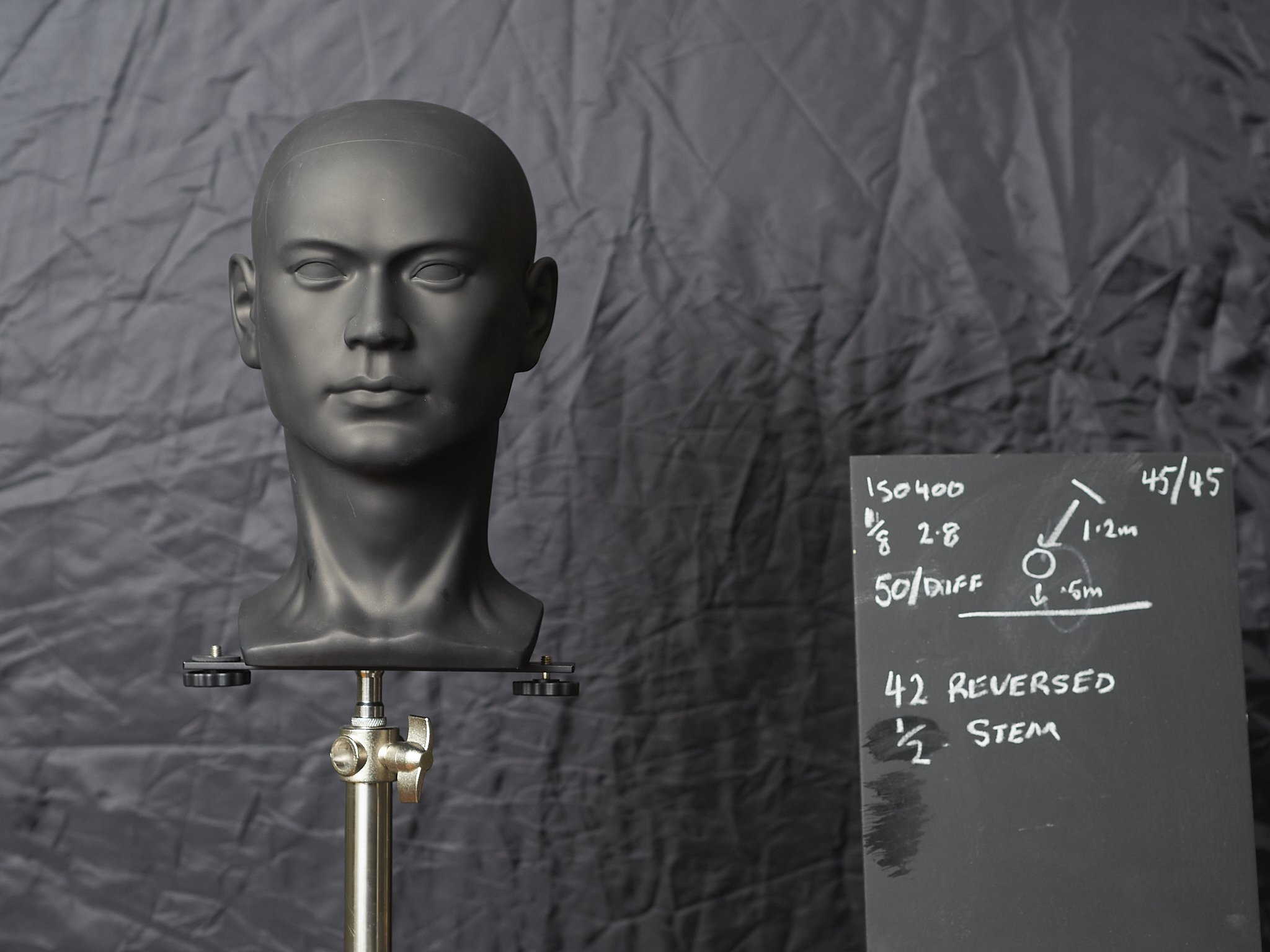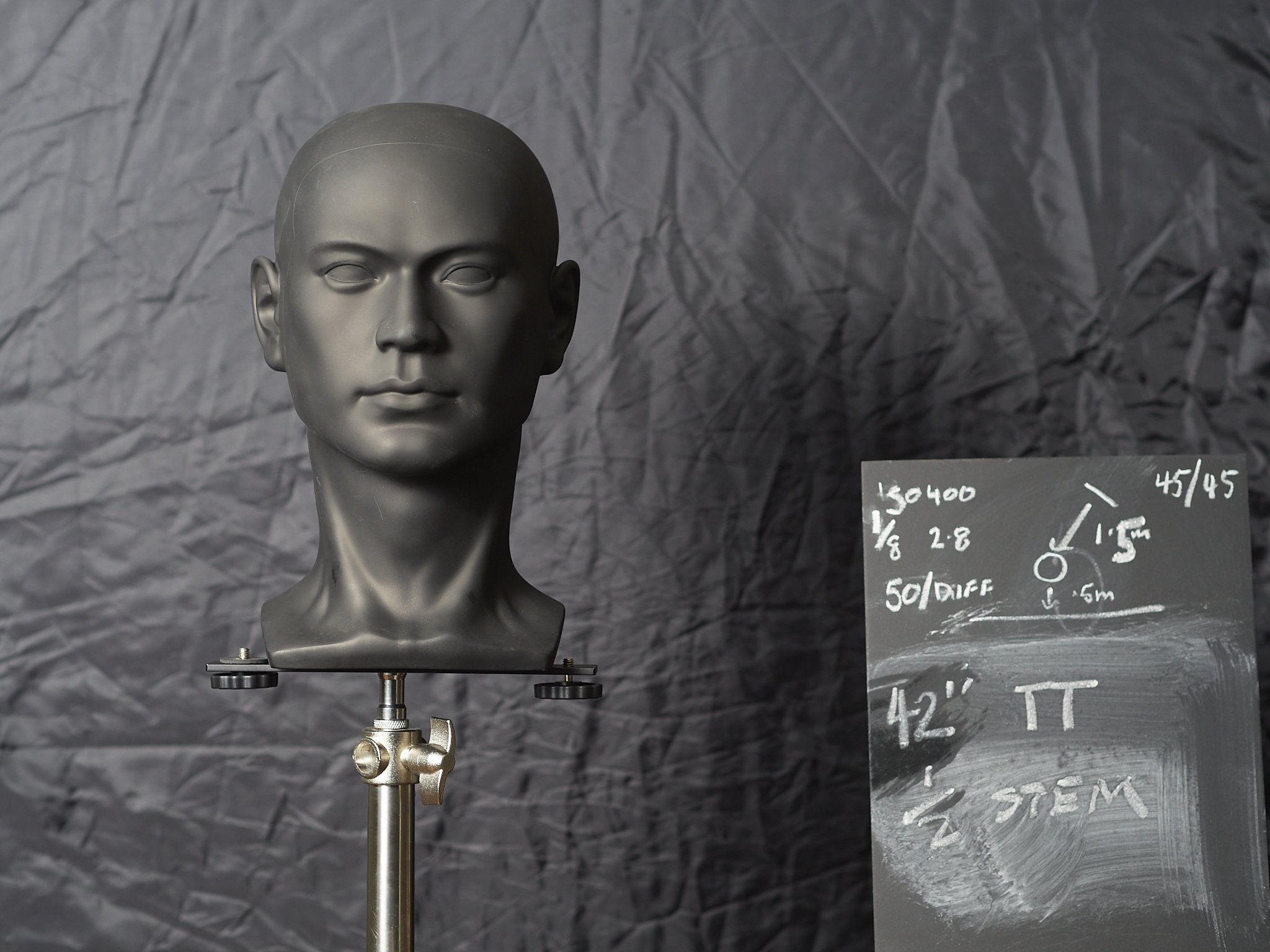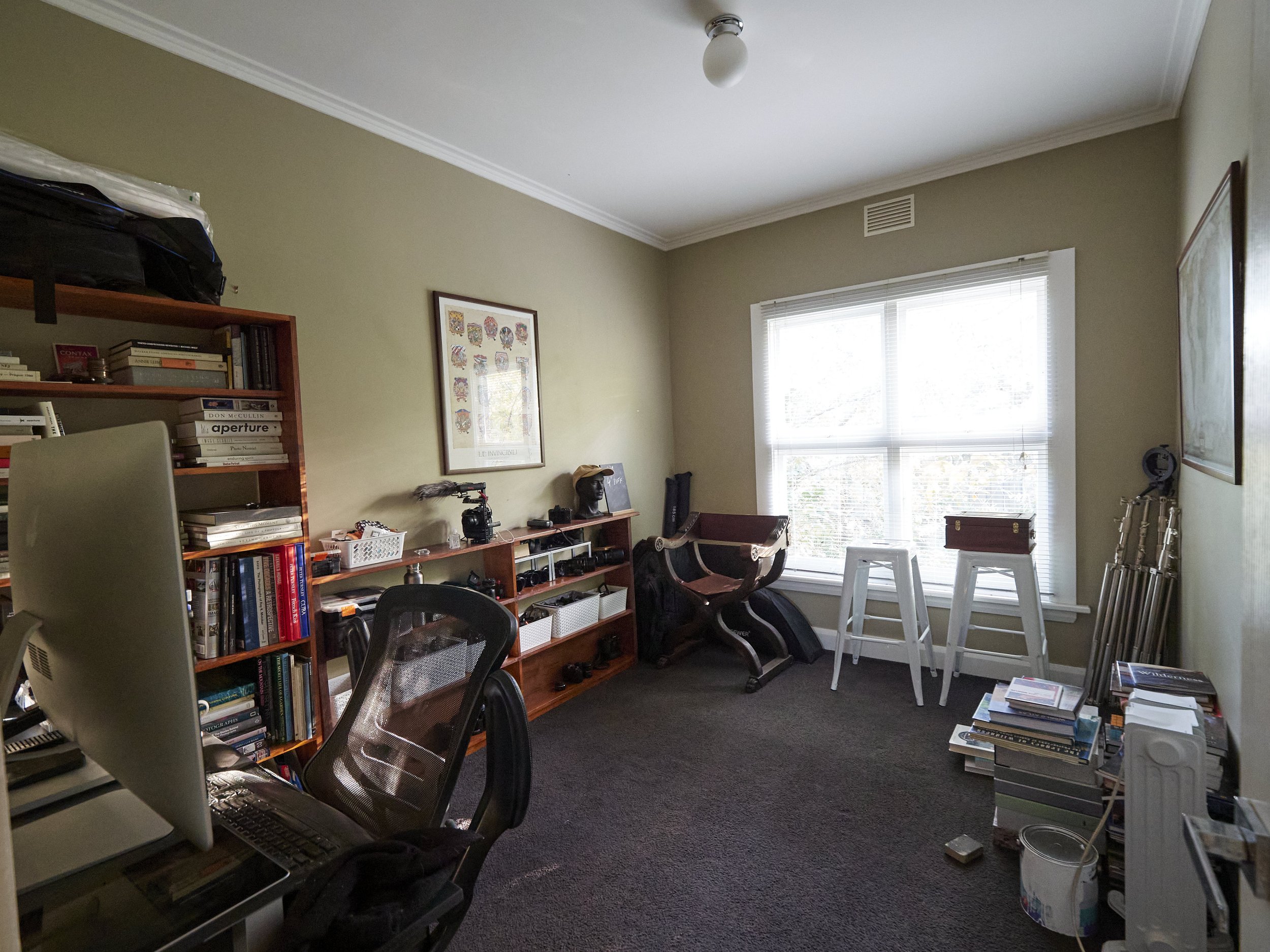Looking at this backdrop thing logically after a nights sleep and more time on the net and after breaking down my likely uses, preferred looks and processes and aiming for maximum versatility, my thinking has drifted towards doing it the best I can, just once, then see how it goes.
The Lastolite 1.8x2.1 collapsibles seem to be the undisputed kings of this space. They are expensive, but looking at several other options, maybe they are not as dear on balance as I first thought.
Quality.
They win here pure and simple. The stitching, fabric and frame are all top notch. No other brand seems to come close, even with cost to performance ratios considered. Apparently, the heavier ring also folds more easily.
Price and value.
At about $175-200au per side, you want to get it right. This is a lot for a mistake or poorly thought through idea, but less paid for less is just as wasted if the quality and look are not there (I would rather have an item that is genuinely good, just rarely used, that a junk one, never used and the reality is, one good job and it’s paid for).
I am borderline on backdrops, only really responding to the top end ones, so it’s do it right or don’t do it at all. The cost is also a little less odious when freight comes into the equasion. X-Drop, Kate, Westcott etc are all potentials, but often when freight is calculated, the difference becomes even less. They are also the biggest and squarest, being genuinely useful horizontally deployed, effectively making them 4 backdrops in one.
Colours and textures.
This brings up the issue of limited choice and colour/texture fidelity. The Lastolites are in set combinations, but there are two I like and one in particular that is nearly ideal, but Kate has a few better combos, assuming they are what they look to be (not always the case and few examples I can trust). Lastolites are heavily used by top pro’s, so lots of very nice images available and no complaints of inconsistency.
My preference is for a very subtle texture or a very natural one. Most have overtly stylistic textures, that can be worked around, but they should be abke to be worked with. The Kate I have for example, really only works for me whan blurred out, which is not really what I was after.These, like top end hand painted ones, are clearly good enough to have the subject hard up against them, which many of the cheaper ones prohibit.
Use.
The collapsible type, especially the Lastolites with their very flat edges (they are bigger and squarer than most) seem the most convenient all round. Their shape means a wall or single stand with a clamp (or their magnetic bar), is all that is needed. If going horizontal, you can use two stands or sit it on a table, but that is all that is needed.
The X-Drop is an aparatus in it’s own right and cannot do horizontal (?-not seen it done) and their textures don’t go sideways either. The oval Neewers and Kates are also less horizontal or floor/wall friendly than the Lastolites effectively making them about 1/3rd smaller and less versatile and the cloth type need a cross-bar supported by two stands and a bunch of clamps to do the job.
My choice.
The Walnut/Pewter looks to be the one. The Walnut is a slightly cool take on antique browns and the texture is quite natural and uneven rather than obviously repetitive (a bit like an old decaying wall). Being the size it is and slightly graduated, I think different looks could be found with subtle shifts of the backdrop and the colour seems to display warm to neutral reds/browns and some cool metallic silver/blues also. With some post, I think this has many nice looks including warmer ones like the Olive/Tobacco to cooler ones and I feel it will like mono as well and match well with old floors or concrete equally.
The Pewter side appeals even more because it looks to be quite tightly textured and mildly graduated. This I really like, being more of a fan of the Oliphant super layered-to the point of only hinting at texture-look. It is a cold green-grey colour, but that is easily fixed and the texture is subtle enough that I think it sits perfectly between flat grey and textured. Lightening and darkening the grey are easily achieved with simple light control and colour can be very subtly shifted with RGB LED’s, strobes or more likely a tiny bit of post. I really like the idea of it being only just exposed above black with the option of the slightest hint of a red, green or blue added.
If I want balck, anywhere will do, if I want white, then a wall can be splashed with light, but texture is harder.
Below are three examples of simple processing from grey, all much stronger and clumsier than I would do with the more subtle Lastolite, but you get the idea.




























































































